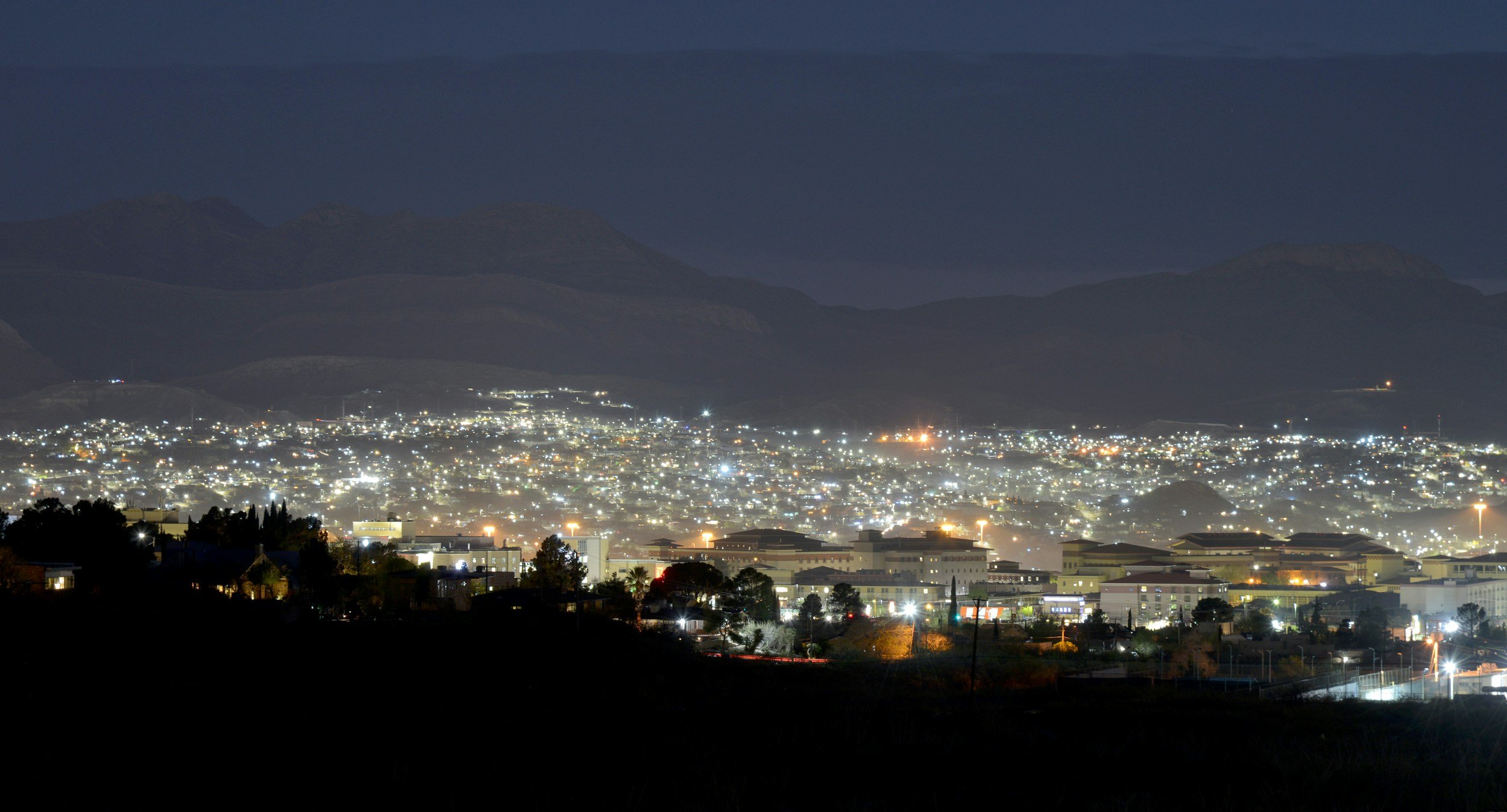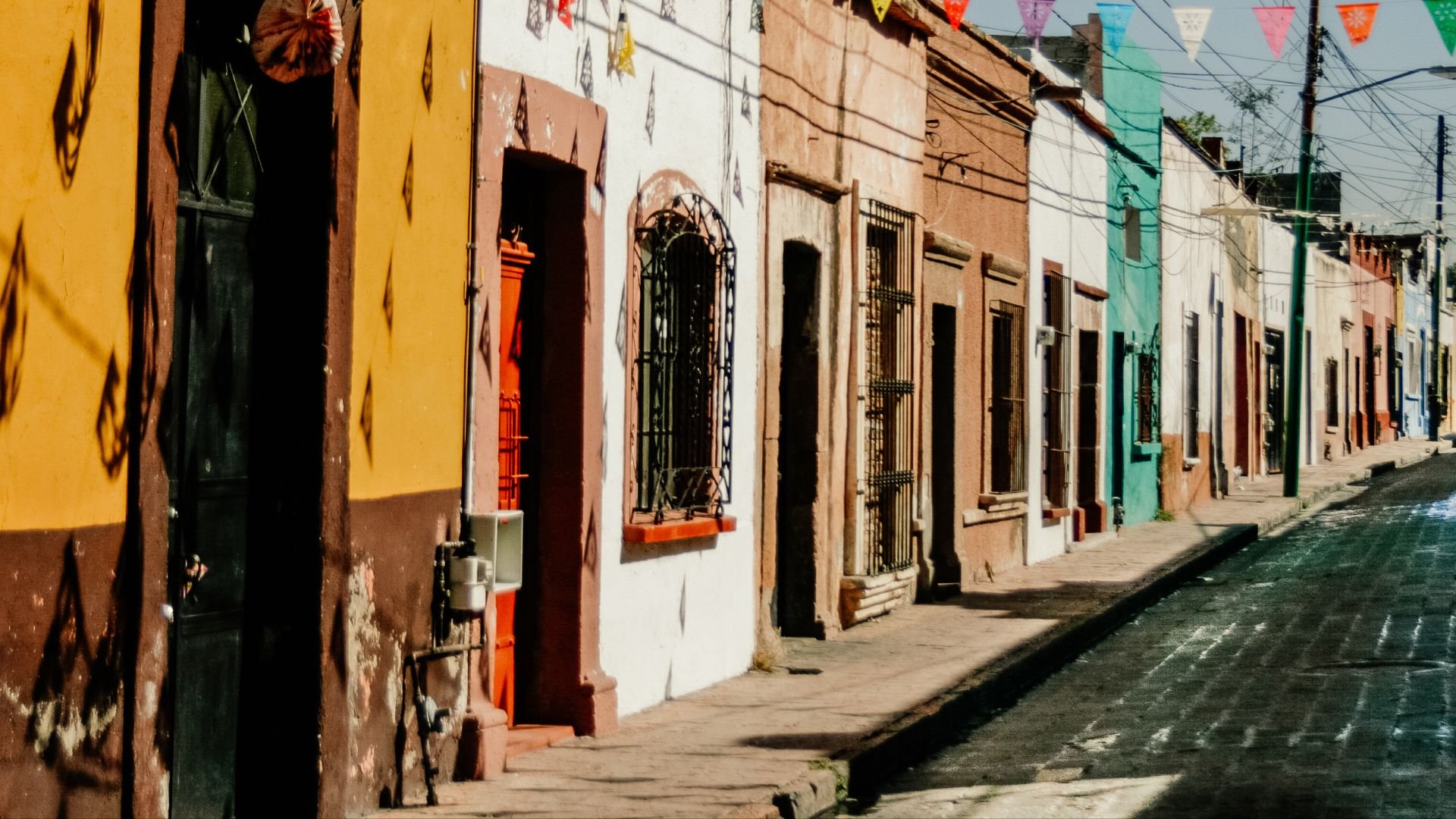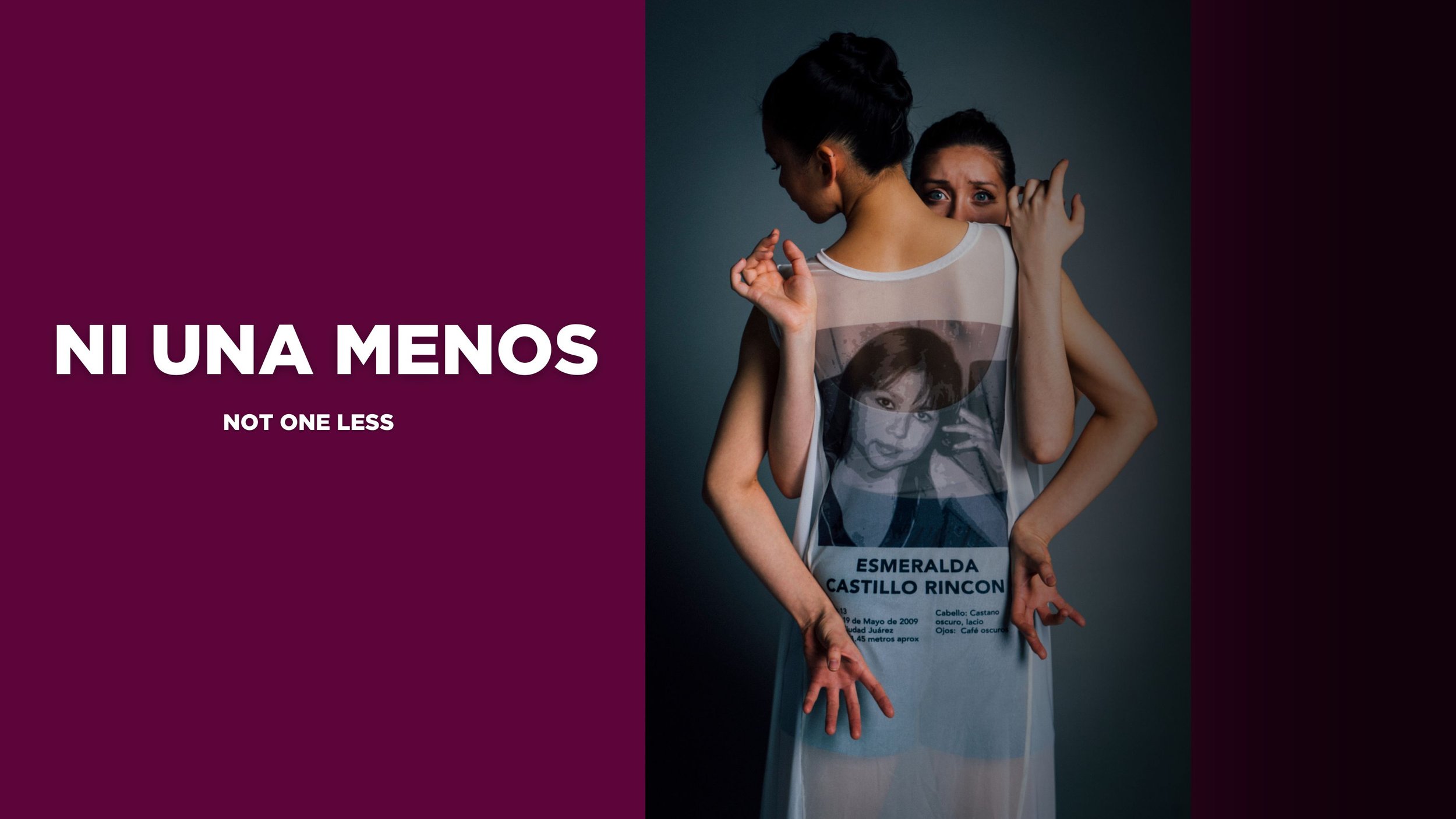
In the border space between El Paso and Ciudad Juárez, there is a deep horror that pervades the beautiful desert landscape. Over 500 women have disappeared while commuting back and forth from their homes in Mexico to the sweatshops just across the border in the U.S. These women are mothers, daughters, sisters, friends, and wives. Their voices deserve to be heard, and their names need to be remembered. Their lives are just as rich, beautiful, tragic and chaotic as my own, and yet they are snuffed out by a nameless evil. We must remember not only how they died - but how they lived. These are the Lost Women of Juárez, and they are not so different from me.
-Julianna Rubio Slager



How did you approach telling this difficult story?
I want the women in the show to be represented accurately, and through the lens of who they are and not what happened to them. Stories get sensationalized and then the women are exploited further. I wanted to tell the story of community and love and then show how these things disintegrate because of this great evil. The ballet ended up being very joyful; the beginning has a lot of ballet and folklórico blended together. A soloist comes out who represents the spirit of these women as they leave the earth and that’s when the ballet shifts. Dancers start leaving the stage slowly. I want the audience to not notice at first the cast is getting smaller and smaller, and then we’re left with one person on stage. To me, that is the story: that there is not much known about how these women are treated at the end. Their lives are snuffed out suddenly and tragically and there are a lot less Latina women in the world than there should be.
